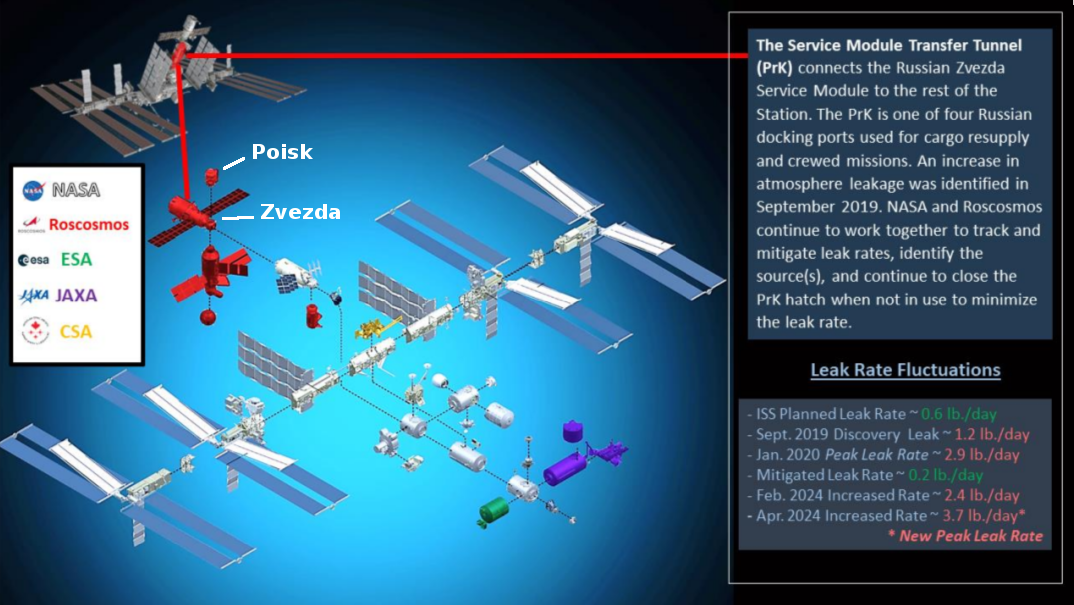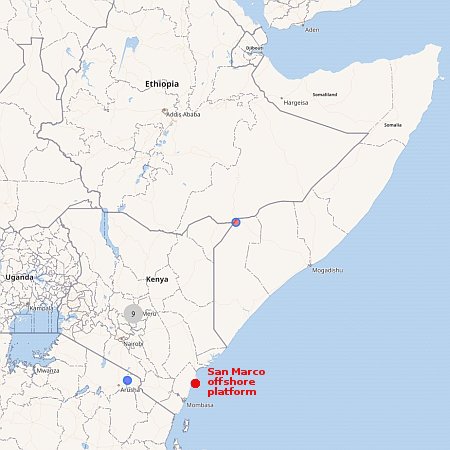Update on Astroscale’s mission to de-orbit a OneWeb satellite
Link here. Lots of details. The project is now targeting a ’26 launch, and if successful would be the first to capture a spacecraft in orbit and de-orbit it commercially — assuming some other orbital tug company doesn’t do it first.
One tidbit from the article that I had not known:
While the UK Space Agency and European Space Agency have provided around $35 million in funds, … Astroscale is financing “well over 50%” of the mission.
In other words, both the UK and ESA are following the capitalism model. They have left ownership and control of the de-orbit tug to Astroscale, which means they require it to obtain outside private investment capital on its own.
Link here. Lots of details. The project is now targeting a ’26 launch, and if successful would be the first to capture a spacecraft in orbit and de-orbit it commercially — assuming some other orbital tug company doesn’t do it first.
One tidbit from the article that I had not known:
While the UK Space Agency and European Space Agency have provided around $35 million in funds, … Astroscale is financing “well over 50%” of the mission.
In other words, both the UK and ESA are following the capitalism model. They have left ownership and control of the de-orbit tug to Astroscale, which means they require it to obtain outside private investment capital on its own.















